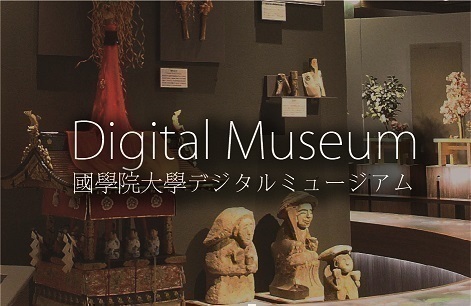- トップ
- Encyclopedia of Shinto
- Izumokyō
Encyclopedia of Shinto
| Main Menu: | |
| Links: |
詳細表示 (Complete Article)
| カテゴリー1: | 8. Schools, Groups, and Personalities |
|---|---|
| カテゴリー2: | Modern Sectarian Groups |
| Title | Izumokyō |
| Text | Although not counted as one of the prewar thirteen Shinto sects, Izumokyō is a religious organization with characteristics reminiscent of sectarian Shinto (Kyōha Shintō). It was organized by Kitajima Naganori (1834-93), who was born into the Kitajima family, one of the traditional hereditary priestly and governing families of Izumo known as the Izumo kokusō. However, as a result of changes in the shrine administration of the early Meiji era and the reallocation of Shinto priests (shinshoku) which accompanied it, it became known that another founding family (the Senge) would become the kokusō (holder of the hereditary leader's office at the shrine). In turn, Kitajima founded the Izumo Kitajima Kyōkai, a devotional confraternity dedicated to the Izumo Shrine but separate from the already established Izumo Taishakyō (see Izumo Ōyashirokyō). The following year the group took the name Shintō Izumo Kyōkai and continued its activities under the umbrella organization Shintō Honkyoku, with Naganori taking the leadership title of Daikyōshu ("high priest"). Naganori was later succeeded as leader by Kitajima Narinori (1863-1918), who was then followed by Kitajima Yoshinori (1884-1956). In 1952, during Yoshinori's period of leadership, the movement broke away from Shinto Taikyō (earlier known as Shintō Honkyoku) and became an independent religious corporation under the name Izumokyō. In addition, it revised its leadership system, giving its leader the title of kokusō (i.e. the same title bestowed on hereditary leaders at the Izumo Shrine). After Yoshinori's death, Kitajima Fusanori (1925-) assumed the position of leader (kokusō). The group's membership is concentrated in Shimane prefecture. Headquarters: Shimane Prefecture. Nominal membership: Approximately 150,000. - Inoue Nobutaka |




